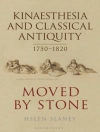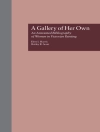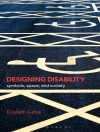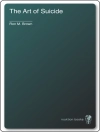Counterpractice highlights a generation of women who used art to define a culture of experimental thought and practice during the period of the French women’s movement or
Mouvement de Libération des Femmes (1970–81). It considers women’s art in relation to some of the most exciting thinkers to have emerged from the French literature and philosophy of the 1970s – Hélène Cixous, Luce Irigaray and Julia Kristeva – forcing a timely reconsideration of the full spectrum of revolutionary practices by women in the years following the events of May ’68. Lavishly illustrated with over 200 images, the book also features an illuminating foreword by art historian Griselda Pollock.
Содержание
Foreword by Griselda Pollock
Introduction
1 On the streets: from May ’68 to the MLF
2 The MLF 1970s
3 Libération-création: MLF, women artists and the militant body
4 Instase: Psychanalyse et Politique and the spaces of women’s art
5 Women’s groups and collective art practices
6 Hard politics, soft art: subversive practices from écriture féminine to soft art
Conclusion: La révolution accomplie? Some legacies of women’s art in 1970s France
Index
Об авторе
Rakhee Balaram is Assistant Professor of Global Art and Art History at State University of New York-Albany












